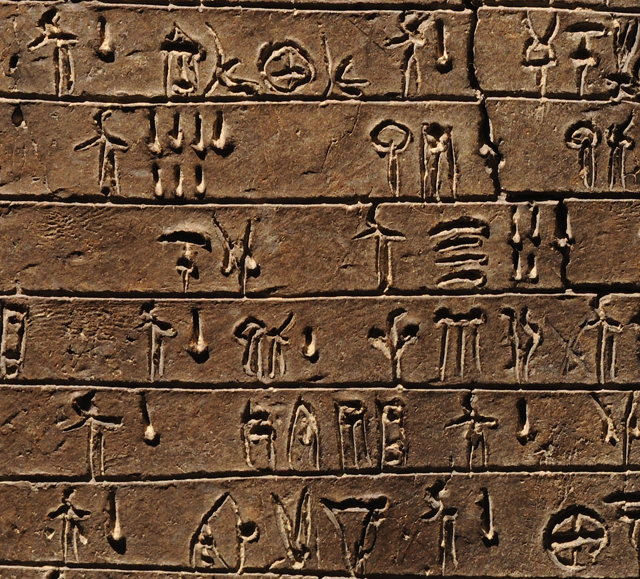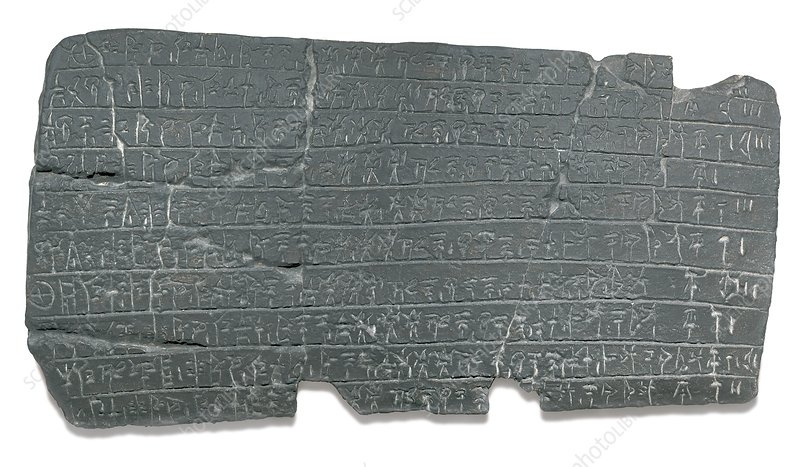Linear B

Imagine the excitement archaeologist Arthur Evans must have had at the turn of the 20th century when he found 3,000 stone tablets on the island of Crete that were inscribed in a language that no one alive had ever seen. That was Linear B's initial interaction with the modern world.
The language was the ancestor of Greek and dates back to roughly 1400 BC, much earlier than other languages from the region that are known. It is hundreds of years older than what was previously thought to be the Greek alphabet.
Evans worked on interpreting what he had discovered for three decades. Later, Alice Kober, a scholar who had likewise committed her life to decoding the script, continued his effort. Michael Ventris, an architect, began attempting to crack the code in his leisure time and even while he was serving in World War II with the work Evans and Kober had done already in place.
He started translating historic place names up until the language was entirely deciphered by Ventris and a man by the name of John Chadwick in the late 1940s through to 1953, proving itself to be older Greek rather than Minoan as some had assumed.











